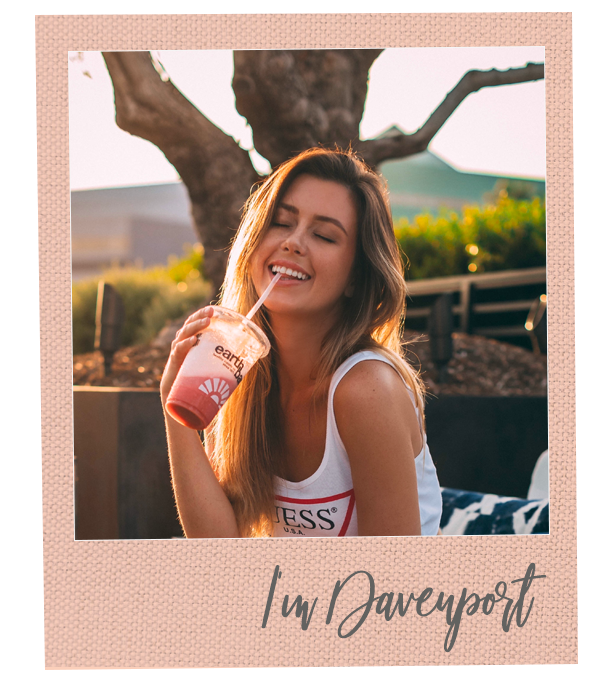The Quiet Revolution on the Sidelines
Pedialyte sat on pharmacy shelves for decades as a pediatric oral rehydration solution—a doctor-recommended mix of glucose and electrolytes designed to keep vomiting or feverish toddlers out of the emergency room. Then, strength coaches began sneaking it into locker rooms. Professional cycling soigneurs froze it into slushies, marathoners packed it into their drop bags, and combat-sport athletes used it to rebound from brutal weigh-ins. The shift was no gimmick: dehydration that equals just 2 percent of body mass can measurably slow sprint speed, impair decision-making, and erode coordination. pedialyte.
Table of Contents
Why Electrolytes Matter More Than You Think
Water alone can’t fully rehydrate a hard-working body. Sweating drains sodium, chloride, potassium, magnesium, and phosphate—the charged minerals that create the tiny electrical gradients your muscles and nerves rely on. Lose too many, and you risk cramps, dizziness, or, in extreme cases, exercise-associated hyponatremia, a potentially fatal dilution of blood sodium. Pedialyte’s original formula, built to World Health Organization ORS standards, pairs a low-sugar glucose solution with roughly twice the sodium of most neon-colored sports drinks, creating an osmotic “pull” that shuttles water across the gut wall faster than plain H₂O. pedialyte.com
From Children’s Wards to Training Tables
Recognizing that adult athletes wanted hospital-grade hydration without the cartoon teddy bears on the label, Abbott Nutrition released Pedialyte Sport—a tweaked formula offering five key electrolytes plus slightly higher potassium and phosphate for muscle contraction and ATP synthesis. Independent reviewers have ranked Pedialyte Sport among the most effective ready-to-drink electrolyte solutions for endurance and power athletes. Pedialyte.com Abbott Nutrition
Five Innovative Ways Athletes Use Pedialyte
1 | Pre-Game Hyper-Hydration (“Sodium Loading”)
Endurance runners and soccer mid-fielders often “sodium load” four to six hours before kickoff by drinking 500–700 mL of Pedialyte diluted 1:1 with water. The extra sodium boosts plasma volume, meaning more blood and oxygen can reach working muscles when the whistle blows. Because Pedialyte’s glucose content is half that of typical sports drinks, athletes avoid the insulin spike that can leave them feeling flat during warm-ups.
2 | Mid-Event Cooling Slushies
The core temperature climbs roughly 0.2 °C every mile of a mid-summer half-marathon. Slushy Pedialyte, stored in insulated bottles or aid-station coolers, pulls double duty: internal “ice bath” and rapid electrolyte top-off. The drink’s lower osmolarity allows it to sit in the stomach for mere minutes before absorption, so runners reap the cooling effect without the sloshing that solid ice or sugary frozen drinks create. Coaches for several U.S. pro baseball clubs have adopted Pedialyte ice slurries for July double-headers, reporting fewer heat-related cramps late in games.
3 | Recovery Smoothie Base
Weight-room sessions generate micro-tears in muscle fibers, kicking off inflammation that demands both fluid and micronutrients for repair. Blending Pedialyte with frozen berries, spinach, and whey provides a ready-made 3:1 fluid-to-carbohydrate ratio plus antioxidants. Because the solution already contains magnesium—a cofactor in protein synthesis—nutritionists argue the combo restores muscle glycogen and repairs tissue more efficiently than a whey-plus-water shake followed by separate electrolyte tablets.

4 | High-Altitude Adaptation Tool
Training at 8,000 feet accelerates red blood cell production, but the dry mountain air can double water loss through respiration. Altitude camps for elite cyclists in Colorado and the Pyrenees now mandate 1 liter of Pedialyte per 1,000 meters gained on long rides. Sodium and phosphate blunt altitude-induced diuresis, stabilizing blood volume so athletes can push the hard intervals that make altitude training worthwhile instead of limping through sessions with pounding headaches and elevated heart rates.
5 | Post-Weigh-In Refeed for Weight-Class Sports
Boxers, wrestlers, and MMA fighters often dehydrate aggressively to hit their target weight and then have 24 hours to regain strength before competition. Studies show that replacing lost mass with an intravenous saline drip can be risky and illegal under anti-doping rules, yet isotonic oral solutions work almost as quickly. A staged protocol—250 mL of Pedialyte every 15 minutes for the first hour, followed by balanced meals—can restore plasma osmolality and cognitive sharpness without the gastric distress chugging straight water invites.
How Pedialyte Stacks Up Against Classic Sports Drinks
MetricPedialyte Sport (per 12 oz)Leading Sports Drink (per 12 oz)
Sodium 490 mg 160 mg
Total Sugar 12 g 21 g
Potassium 370 mg 45 mg
Osmolarity 295 mOsm/L 340 mOsm/L
The numbers reveal why locker-room buzz persists. Higher sodium accelerates water uptake; lower sugar reduces gut upset; extra potassium replaces what drips off foreheads in hot gyms. Yet athletes should note that Gatorade-type beverages purposely contain more simple carbohydrates to fuel extended, glycogen-draining efforts—think five-hour rides or Ironman marathons. Pedialyte holds the edge in shorter, high-intensity bursts where gastric emptying speed matters more than mid-event calories. Healthline
Potential Pitfalls and Practical Tips
- Over-Supplementation: Electrolyte drinks are safe in moderation, but guzzling liters outside of heavy exertion can lead to excess sodium for people with hypertension or kidney challenges. www.heart.org
- Balance with Carbs: If your training session exceeds 90 minutes, pair Pedialyte with a carbohydrate source—banana, energy bar, or isotonic gel—to prevent bonking.
- Dilution Counts: For athletes unaccustomed to high sodium, start with a 50 percent dilution to assess tolerance, then increase strength during summer or two-a-day practice blocks.
- Check the Label: Some Pedialyte varieties now include zinc or prebiotic fibers. They are great for immunity but may alter taste or gastric comfort mid-competition.
Frequently Asked Questions
1. Is Pedialyte legal in elite sports?
Yes. Pedialyte’s ingredients—water, glucose, sodium, potassium, chloride, magnesium, phosphate—are permissible under World Anti-Doping Agency (WADA) rules. However, athletes should log flavored versions in their nutrition diary if their federation requires a supplement disclosure form.
2. Can I make a DIY electrolyte drink instead?
A homemade mix of ½ teaspoon table salt, 4 teaspoons sugar, and a squeeze of citrus in one liter of water approximates standard ORS. Yet measuring errors are common, and the result is less palatable than commercial Pedialyte, leading athletes to under-consume.
3. Does Pedialyte prevent cramping?
Cramping is multifactorial: fatigue, neuromuscular overstimulation, and mineral loss. Pedialyte can mitigate the electrolyte component, especially sodium depletion, but cannot compensate for inadequate conditioning or pacing errors.
4. What about hangover recovery?
While not its intended use, Pedialyte helps replace fluids and electrolytes lost to alcohol’s diuretic effect. Still, the best hangover “cure” is moderating intake, sipping water between drinks, and ensuring balanced meals.
5. Is Pedialyte safe for daily hydration?
If you engage in heavy physical work or live in a desert climate, a daily serving is unlikely to cause harm. For the average office worker, however, plain water plus a mineral-rich diet covers baseline needs; reserve Pedialyte for demanding workouts, illness, or heat waves.
Bottom Line
The same precise electrolyte balance that keeps toddlers out of IV drips can keep marathoners, power-lifters, and weekend warriors one step ahead of dehydration. Pedialyte is not a magic potion—training quality, sleep, and nutrition still dictate performance—but it offers a scientifically solid, field-tested edge when used strategically. Whether you freeze it into slushies, mix it into smoothies, or stash it in your transition bag, think of as more than a sick-day remedy: it’s a compact, clinician-designed hydration system ready for your next personal record.



